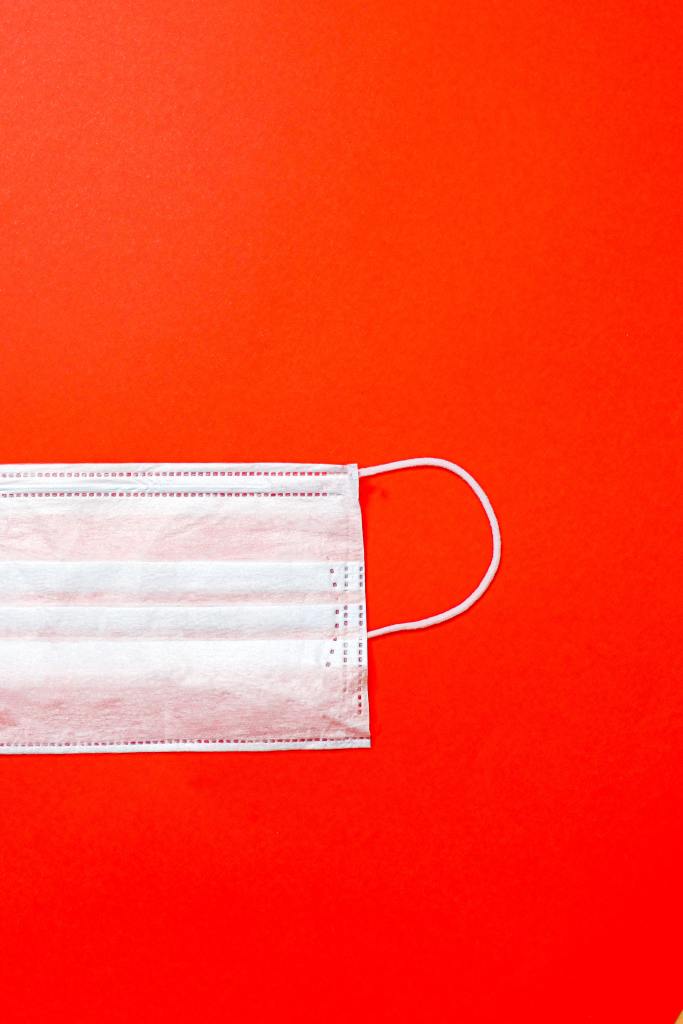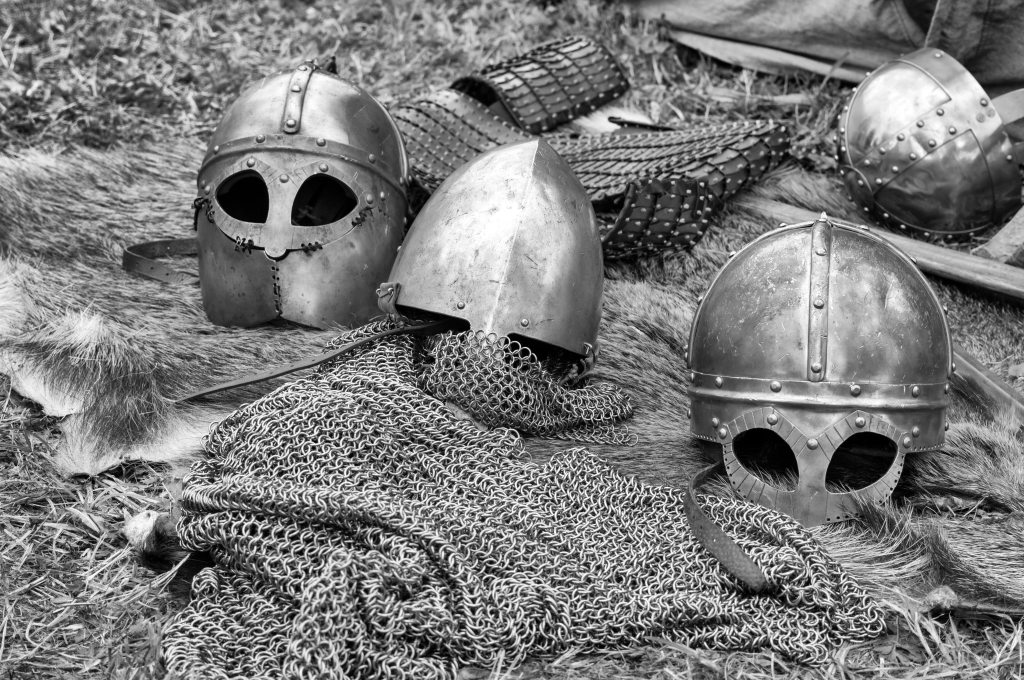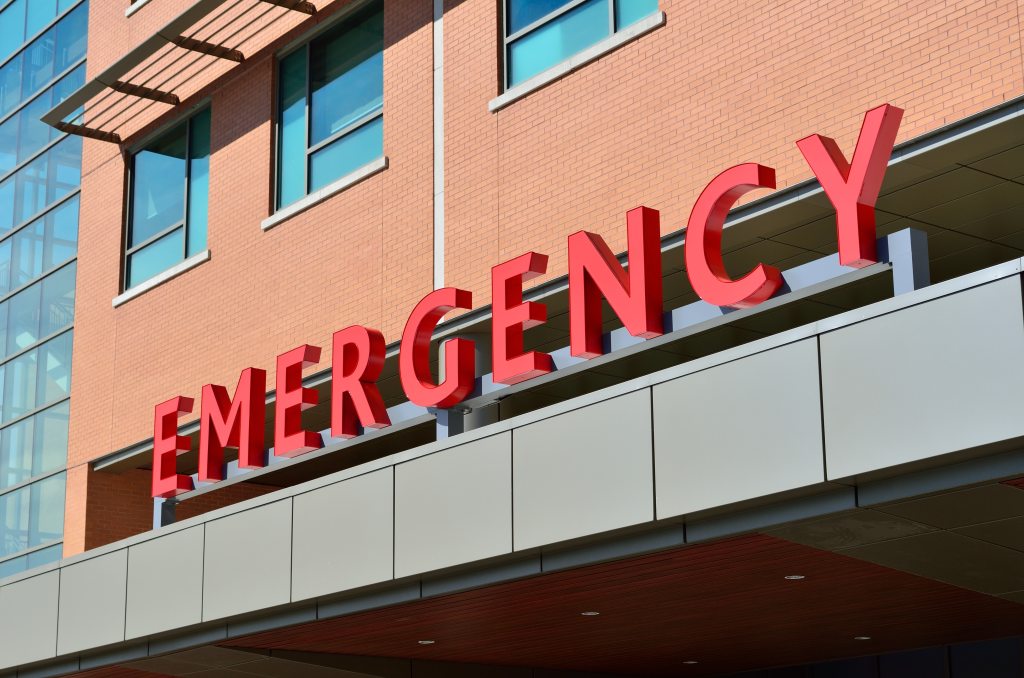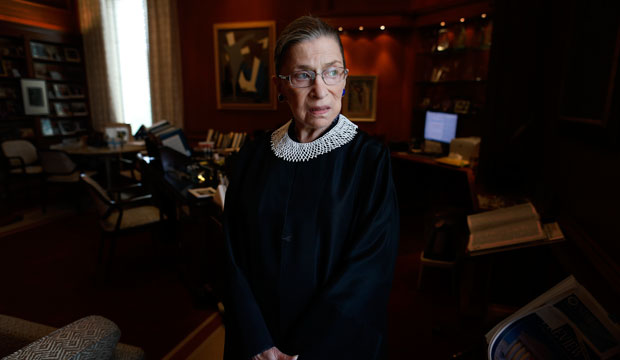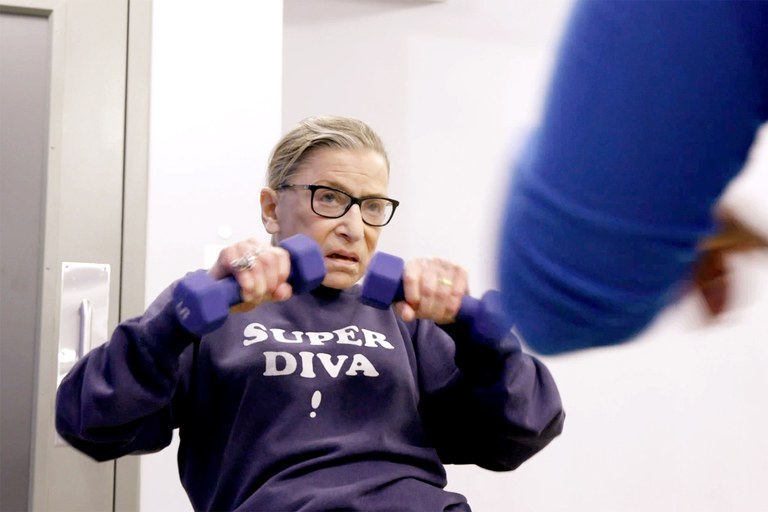An Open Letter to My Elected Representatives
February 23, 2018
Dear Elected Official:
As a trauma surgeon and one of your constituents, I was heartened to hear that you are reconsidering your views on how to protect Americans from the ravages of our national gun violence epidemic. I am writing to share my first hand experiences along with known facts about widespread use of guns in the US today. In my line of work I am all too familiar with the lethal potential of firearms, especially when coupled with a cavalier attitude that many legal gun owners in America have that they or their families are somehow immune to the deadly power of guns. While every life I save is a privilege, my greatest success as a trauma surgeon would be to significantly reduce the number of people who need my care. Injury prevention is as fundamental to my work as is operating. In the case of firearms-related injury, there is much work to be done. I hope my perspective on the morbid consequences of Americans’ unfettered access to firearms will be helpful as you consider what should be done to protect each and every one of us from a death that is truly 100% preventable.
As a trauma surgeon, I have held countless ounces of brain matter in my hands while examining a self-inflicted gunshot wound. Occasionally, someone shoots themself in the chest, aiming at the heart. Most often, however, the suicide victim points a gun, legally purchased by themself or a family member, at the temple or roof of the mouth aiming at the brain. At such close range, despite my expert skill in trauma care, the damage is far too severe to reverse. It is a uniquely American reality that homes across the nation, occupied by residents experiencing deep depression, are also filled with firearms acquired for sport, hunting, or presumed personal protection. Of the nearly 96 Americans who die a firearms-related death in the US daily, nearly 59 die as the result of suicide. People with suicidal thoughts are three times more likely to succeed if they live in a home with a firearm. Furthermore, while 9 out of 10 suicide attempts with a gun are successful, only 1 out of 10 attempts by all other means succeed. To be sure, we as a society need to lift the stigma on psychiatric disease and enact policies that increase our nation’s mental health workforce and require both insurance companies and hospital systems to treat mental health conditions like any other illness. However, given that the leap from suicidal ideation to death by suicide is shortened by the presence of firearms, we must also take steps reduce access to firearms in US homes.
As a trauma surgeon, I have felt the anguish of too many parents who learned that their child was dead from me. Occasionally, the child was a teen who, in the absence of strong public education, housing security, and hope for an economically sound future, turned to a life of gang warfare in our urban centers. But more often, a child’s death has been deemed in our societal discourse an “accident.” Yet, the presence of the firearm used in the “accident” is in fact very intentional. Our fellow citizens routinely purchase these deadly weapons and keep them in their homes, thinking they are for defense, sport, or hobby. I wish I did not know the horror of a child killed “accidentally” by a sibling, a friend or even themself, but I do. The adult gun owners in each of these cases would swear to be well-versed in firearm safety. But, having seen that child lying cold and lifeless in my trauma bay, I know that they were overconfident in their ability to safely store their firearms. Nearly 1,300 American children die of gunshots every year. Worldwide, of all children who die this way, the US accounts for 91% of them. And, despite the characterization of our nation’s urban centers as the source of the majority of our dead American teenagers, it is important to note that only one in five teens who suffer a firearms-related death was involved in gangs; the vast majority of firearms-related deaths among teens in our nation are, in fact, due to suicides and these supposed “accidents.” Certainly, we should address the problem of urban violence among our youth and the illegal firearms trade that makes it so easy for them to kill each other (recalling that all illegal guns were at one point legally acquired). And, as the number of children lost in school shootings impossibly rises, we absolutely should address the pervasive issues affecting our boys today which might make any one of them turn against their classmates with lethal force. But these efforts would not be nearly enough given that the vast majority of children killed by firearms in the US die in settings with legally acquired guns one “accidental” death or suicide at a time. We must reduce the widespread presence of firearms in American homes and we must stop giving those who choose to keep deadly weapons near their children a pass when their carelessness results in a death.
As a trauma surgeon, I have also taken care of too many people, most often women, who have been shot dead in an act of domestic violence. When my patients have been beaten (by hands or weaponized object such as a bat or pipe) or stabbed (by weaponized knife or bottle) by their abuser, I have a realistic chance to heal them of their physical and mental wounds and get them to a safer place. However, firearms make it too easy for the abuser to become a murderer and I am robbed of the opportunity to end the cycle of domestic abuse in a positive way. Of all women murdered in this country, 45% are murdered by someone who supposedly loves them. This risk of intimate partner violence spans all sociodemographic groups but women residing in homes with firearms are 5 times more likely to be murdered by their abuser than those whose abusers do not have easy access to a gun. To be sure, we need as a society to address the root causes of domestic violence in the US and expand services nationally to help people in abusive relationships leave. However, it is clear that easy access to firearms is the major cause of domestic abuse fatalities; we must at the very least put a halt to how easy it is for abusers to acquire guns.
As a trauma surgeon, I have been fortunate not to have to care for victims from a mass shooting event; but I have trained repeatedly for mass casualty response. Years ago, we used to prepare for something like a bus crash or a building collapse; these days we prepare for shooters. Sadly, I have had to learn from the experiences of my fellow trauma surgeons in places like Newtown, Orlando, Las Vegas, and Fort Lauderdale. There is no glory in caring for victim after victim arriving with bullet holes, only grief; and then one must have the fortitude to bury the grief and move on to the next victim. Often, however, the grief is not from the patients coming into our trauma bays. Rather it is the eerie quiet in the empty bay picturing all the lifeless bodies that never needed to come to the trauma center. We have seen over and over in our country the highly lethal mix of angry people (some with true mental illness but most simply filled with rage) and easy access to firearms, typically legally acquired by self or family member. Surely, reducing overall access to firearms must be part of the equation in improving our collective right to life, liberty, and the pursuit of happiness while we are at school, the movies, and other public venues.
As a trauma surgeon, I have also trained for active shooter events because sadly, in additional to training for years to become the highly skilled professional that I am, I must now also be prepared to get shot in the line of duty as a healthcare provider. From 2000 to 2015 in the US, there were 241 hospital-related shootings. This statistic really hit home when cardiac surgeon Michael Davidson was shot dead in his clinic by a disgruntled family member whose mother had died of a known complication of major heart surgery. He was around my age. His wife was a college classmate. He was killed by a volatile man who lived in my community just 40 miles away. Complications are a part of what we do as surgeons no matter how expert we are, or how much caution we exercise in doing our work. To live in fear that my own death might be the consequence of my professional efforts, because so many of my patients and their families are legal gun owners, is something that my years of training simply did not prepare me for. Here again, the lethal combination of rage and access to firearms is painfully apparent. To be sure, we must make efforts to understand why people come to hospitals prepared to kill – whether it is a critically ill loved one or a physician who they see as responsible for a complication; but, we cannot simply continue let the answer to rage be grabbing one’s readily available firearm.
As a trauma surgeon, I can also provide some insight into the “good guys with guns” concept that people sometimes put forth as a solution to our nation’s gun violence epidemic. As evidenced by the seasoned hunter who shot off his reproductive organs cleaning his rifle or the experienced officer who shot himself while moving firearms from one cruiser to another, I have seen that even the most highly trained “good guys” sometimes don’t understand the power of their guns. Furthermore, the few times that I have been the one to care for a fallen police officer has taught me that even the “best of guys,” armed, well-trained, and experienced, can be taken by the actions of an enraged person with a gun. I was not on call recently when an officer shot while responding to a domestic altercation was brought to our trauma bay; my partner’s efforts to save his life proved to be futile. I can hear the wails of the grown men in blue who lost their partner that night as if I had been present because, sadly, I have heard those wails before. They are somehow even more haunting than the cries of a parent who has a lost child. To be sure, criminals intent on killing will find a way; however, in the decade leading up to 2016, 537 US police officers were killed by a perpetrator wielding a firearm. In contrast, those attacking with a knife, a bomb, or fist/strangle caused just 26 officer deaths in the same time period. It seems clear that even the “good guys” are not immune to rage-filled persons armed with guns. Therefore, seriously limiting access to firearms will necessarily make more of a dent in our nation’s firearms-related death epidemic than arming others who are unlikely to respond quickly enough to make a save or, worse, might accidentally shoot themselves or someone else.
As a trauma surgeon, I have also seen the impact of high-powered military style assault weapons. As an interested professional, I have deliberately read reports on the autopsies of so many killed with such weapons in our nation’s most recent mass shootings. While all firearms are manufactured with the purpose of maiming or killing, make no mistake about it: the destructiveness of high velocity missiles that can be fired multiple rounds at a time makes semi-automatic assault rifles like no other gun. These kinds of weapons cause tissue damage that is unfathomable, leaving unrecognizable parts that were once part of a living, breathing human. Regarding ownership of such deadly weapons for the sport of hunting, I would argue that if you are such a bad shot that a bow & arrow or a shotgun does not suffice, then you should buy your meat from the store and take up a new hobby. Having seen firsthand what these assault weapons do, I see no reason why any civilian should have access to them for any purpose.
I am grateful that you have taken the time to read about my experiences. Based on my vantage point as a trauma surgeon, and as a concerned citizen, I have several suggestions that I hope will protect all of us from dying from a gunshot(s).
- Firearms buybacks for those who simply no longer want to live subject to the possibility of the kinds of death I see daily
- Deny gun permits to those with any history of domestic abuse, restraining orders, anger management issues, school suspensions, animal torture, and the like which all point to tendency for moments of rage
- Mandate biometric trigger locks so that only the one legal owner of any firearm could use it, and not a thief, or a child, or a suicidal family member
- Regulate firearms use and liability as we do with automobiles through required firearms training and testing and insurance to cover death/injury/anguish should anyone else get struck by a bullet from your gun
- Allow survivors and states to sue gun manufacturers for wrongful death as we do for other consumer products (e.g., swimming pool drains, fertilizer, toys, airbags)
- Prosecute adults whose negligent storage of a firearm leads to “accidental” death at that hands of a child
- Ban the manufacture and sale of high velocity semi-automatic weapons and multiple rounds of ammunition along with a mandatory buyback of all such weapons followed by fines or jail time for those later found to be in violation of such laws
Again, I am heartened to know that reducing the burden of firearms related death in our society is among your legislative priorities. While I am not an expert in any such policy issues, as you have read, I am sadly an expert in people who die with bullet holes and buckshot wounds. Please do what you can to rid me and my colleagues of these horrific images and make all of us safer.
Sincerely,
Heena P. Santry, MD MS
